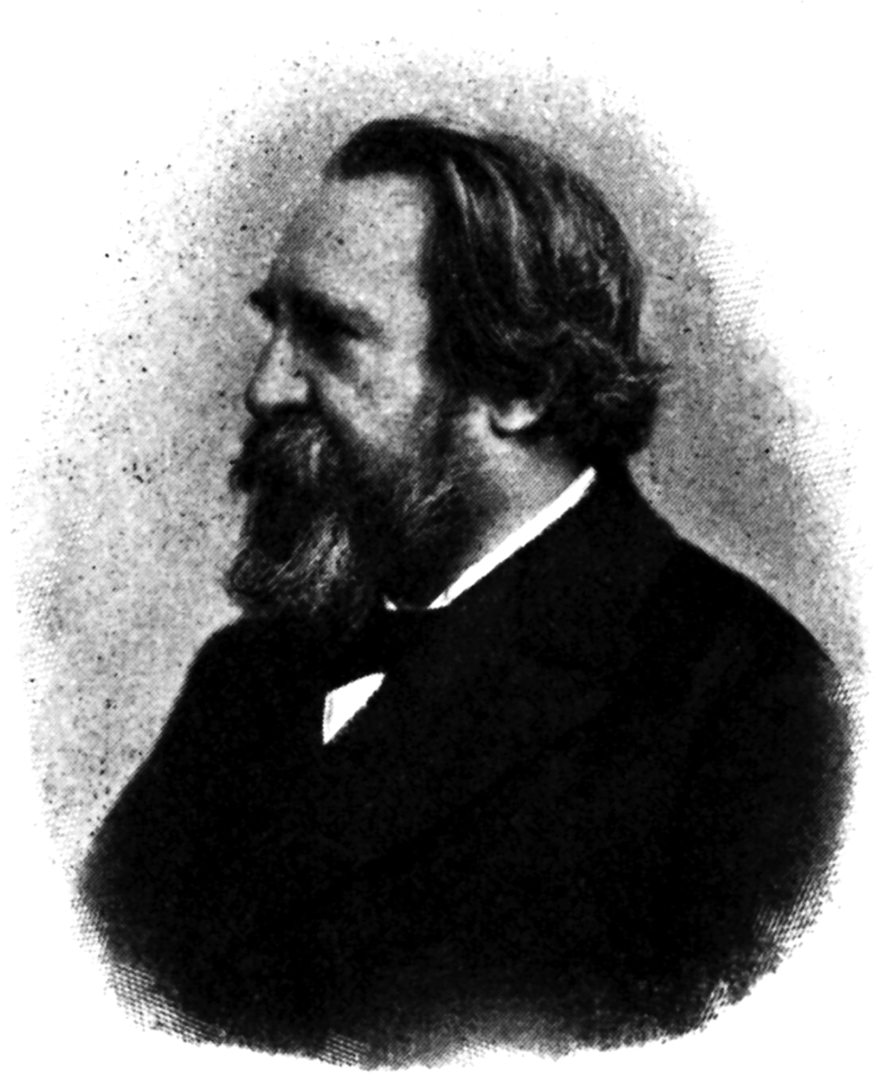
Very few psychiatrists have made such impressive contributions to the neurosciences as Theodor Meynert. His pioneering discovery of solitary giant pyramidal cells in the calcarine sulcus, differentiation of primary receptive areas from association areas and how the brain is interconnected by the principal association fibres of the cortex, where he is eponymously remembered in ‘radiations of Meynert’, has paved the way for the modern field of brain connectomics, which has changed our understanding of the neural mechanisms of psychiatric and functional neurological disorders. He was, however, criticised at the time for his lesion-centric view of psychiatric disorders, an example of which he mentions as ‘Fear is the neurosis of the oblongata, excitation which defies cortical inhibition’. His 1885 textbook, A Clinical Treatise on Diseases of the Fore-Brain: Based Upon a Study of its Structure, Functions, and Nutrition, emphasises the role of the cerebrum in the causation of psychiatric disorders that proved controversial. New research in psychiatry is focused on models of network dynamics, and understanding of brain oscillations may not have been possible without Meynert's contribution to cytoarchitectonics; this is especially true in schizophrenia, which has been dubbed a ‘pathologists’ graveyard' due to lack of any neuropathological findings.
Meynert was born in Dresden in 1833 to Hermann Günther, who was a journalist, and Marie Emmering, an opera singer. They moved to Vienna in his early childhood, and Meynert attended the Lyceum, where the playwright Johann Gabriel Seidl promoted his poetic talent. As a student he worked with Carl Wedl and eminent pathologist of the time Carl von Rokitansky, who had a big influence on him. He received his MD at 28 years old in 1861 from the University of Vienna based on his thesis ‘Structure and function of the brain and spinal cord and their significance in disease’. He was appointed Privatdozent in 1865 and became director of the prosectorium of the State Psychiatric Hospital in Vienna in 1870, where he was largely a laboratory-based neuroanatomist but also ran a psychiatry clinic.
He has an impressive number of eponyms named after him, starting with solitary cells of Meynert in the visual cortex to Meynert's bundle, Meynert's commissure, Meynert's fontanal decussation and lastly nucleus basalis magnocellularis of Meynert; discovered by him in 1872, the latter has made it possible to develop cholinesterase inhibitors because of the understanding of the cholinergic pathway.
An important milestone in treating dysfunctional brain circuits in essential tremor is deep brain stimulation, which is based on the understanding of connectomics. Meynert was the first to point out the regional differences in the cerebral cortex in 1867 and identified different layers in individual cortical regions with typical cell forms. He thus became the founder of cytoarchitectonics, which helps us understand how canonical microcircuits work. Most famous among his pupils was one Sigmund Freud, who was influenced by Charcot's hypothesis of a ‘functional dynamic lesion’ as a cause of hysterical paralysis, unlike Meynert, who believed it to be because of haemodynamic changes in the choroidal artery. Meynert is famously known for appearing in one of Freud's dreams. His 1885 textbook emphasising the role of the cerebrum in the causation of psychiatric disorders is long forgotten but his neuroanatomical work is still relevant today.






eLetters
No eLetters have been published for this article.